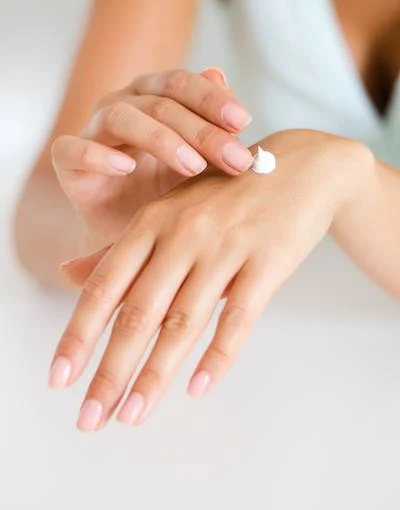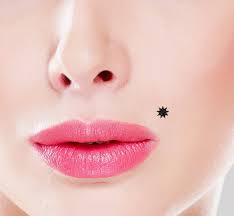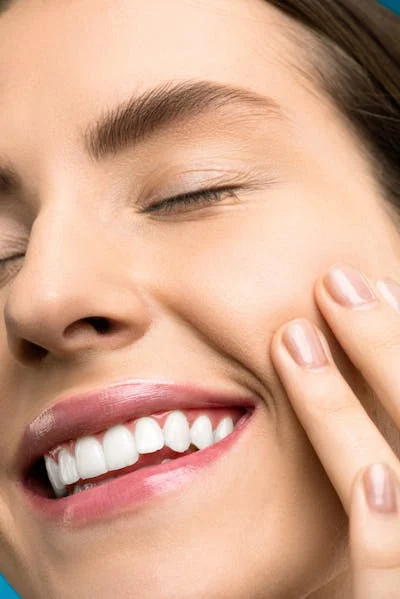Beauty marks, also known as beauty spots or moles, have been a subject of fascination and admiration throughout history. These small, pigmented spots on the skin have adorned the faces and bodies of individuals, from celebrities to everyday people. But what exactly are Fashion marks, and why do they hold such allure? In this comprehensive guide, we’ll delve into the world of beauty marks, exploring their origins, meanings, and significance in today’s society.
Table of Contents
Understanding the Nature of Beauty Marks

Beauty markings, also known as beauty spots, are small, dark spots on the skin that are frequently seen to be attractive or seductive. They have historically been associated with ideals of beauty and have been adored throughout history in numerous civilizations. Furthermore, distinguishing between Fashion marks and moles is critical, as moles may necessitate additional treatment due to the risk of skin cancer. Regular skin checks and sun protection are essential for maintaining healthy skin, regardless of the appearance of beauty marks.
Identifying Moles: Characteristics and Types
Recognizing the specific traits and types of moles is required for identification. Moles, also known as nevi, are common skin growths caused by the clustering of melanocytes (pigment-producing cells). While most moles are innocuous, some may develop into malignant lesions over time. Knowing how to differentiate between different types of moles will help you recognize potential concerns and when to seek medical assistance. Any changes in moles, such as abrupt growth, changes in colour, shape, or texture, as well as itching, bleeding, or inflammation, must be monitored. If you observe any suspicious changes or have a mole with unusual characteristics, see a dermatologist for further evaluation and, if necessary, a biopsy to rule out any potential hazards.
Differentiating Beauty Marks and Moles
Differentiating between Fashion marks and moles requires taking into account their distinct characteristics and features. While they are both skin marks, they have distinct appearances and underlying causes. Here’s how to tell the difference between the two:
Beauty Marks (Beauty Spots):

Characteristics: Beauty marks are small, dark spots on the skin that are typically round or oval in shape. They are usually flat or slightly raised and have a uniform color, ranging from light brown to black. Fashion marks are relatively small, usually measuring less than 6mm in diameter.
what are beauty marks?
Formation: beauty marks can be present from birth (congenital) or may appear over time due to factors like sun exposure or hormonal changes. Some people are born with one or more Fashion marks, while others may develop them during childhood, adolescence, or even adulthood.

Frequency: Beauty marks are not as common as moles and are often found on areas of the body exposed to sunlight, such as the face, neck, shoulders, and arms.
Cultural Perception: Fasion is historically associated with notions of attractiveness and charm, hence the name “beauty mark” or “beauty spot.”
What Are Beauty Marks?
Life Style are small, pigmented spots that can appear anywhere on the body, including the face, neck, arms, and torso. They are typically dark brown or black in colour and can vary in size and shape. Fashion marks are caused by clusters of melanocytes, the cells responsible for producing melanin, the pigment that gives skin its color. While some marks are present from birth, others may develop over time due to factors such as sun exposure or hormonal changes.
Origins and History:

The term “beauty mark” originated in the 18th century, when these marks were considered fashionable and desirable among the aristocracy. Women would often use cosmetics, such as black velvet patches, to create artificial beauty marks and enhance their appearance. Glamour marks were associated with notions of beauty, sophistication, and allure, and they became a symbol of refinement and elegance.
Cultural Significance:
Beauty marks hold cultural significance in various societies around the world. In some cultures, Life Style are seen as symbols of luck, while in others, they are associated with beauty, sensuality, and femininity. In Chinese face reading, for example, the location of a beauty mark on the face is believed to reveal insights into a person’s character and destiny.
Modern Interpretations:

In today’s society, beauty marks continue to be admired and celebrated for their unique charm and character. Many people view Glamour marks as distinctive features that add personality and allure to an individual’s appearance. With the rise of body positivity and self-acceptance movements, there has been a growing appreciation for natural beauty, including beauty marks, freckles, and other unique traits.
Embracing Your Beauty Marks:
Whether you were born with a beauty mark or acquired it later in life, embracing your beauty marks is a powerful act of self-love and acceptance. Instead of viewingGlamour marks as flaws to be hidden or removed, celebrate them as part of what makes you uniquely beautiful. Remember that beauty comes in all shapes, sizes, and forms, and that your Life Styleare a part of what makes you who you are.
Beauty Mark Removal:

While many people choose to embrace their beauty marks, others may opt to have them removed for personal or medical reasons. Cosmetic procedures such as laser removal or surgical excision can effectively eliminate unwanted Glamour marks. However, it’s essential to consult with a qualified dermatologist or plastic surgeon before undergoing any cosmetic procedure to ensure it’s the right choice for you.
Conclusion:
Beauty marks are more than just pigmented spots on the skin; they are symbols of beauty, individuality, and self-expression. Whether you love your beauty marks or choose to remove them, it’s essential to embrace and celebrate what makes you uniquely beautiful. In a world that often celebrates perfection, glamour marks serve as a reminder that true beauty lies in embracing our imperfections and celebrating our uniqueness. So, wear your beauty marks with pride, for they are a part of what makes you undeniably beautiful.

